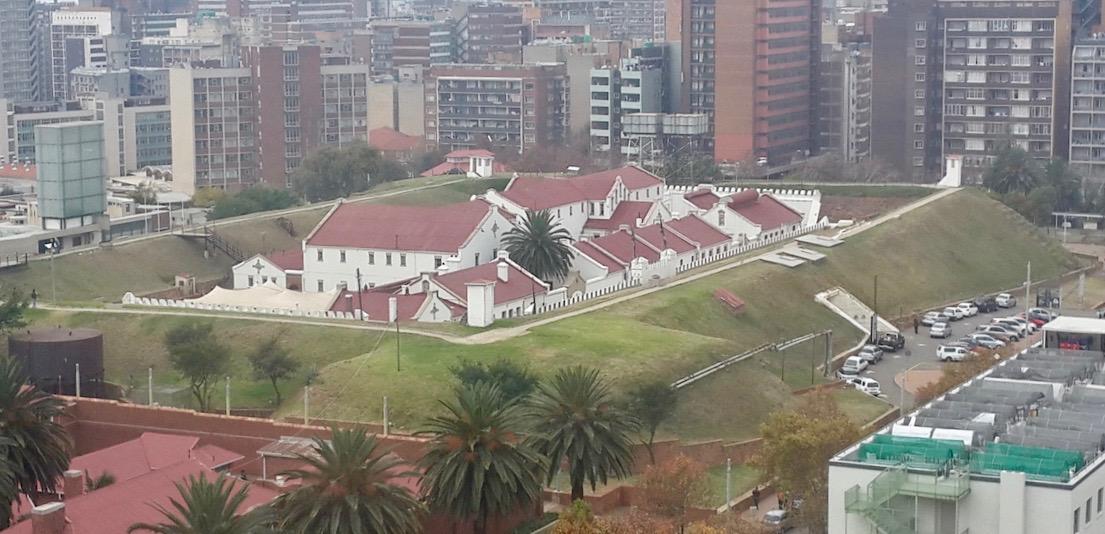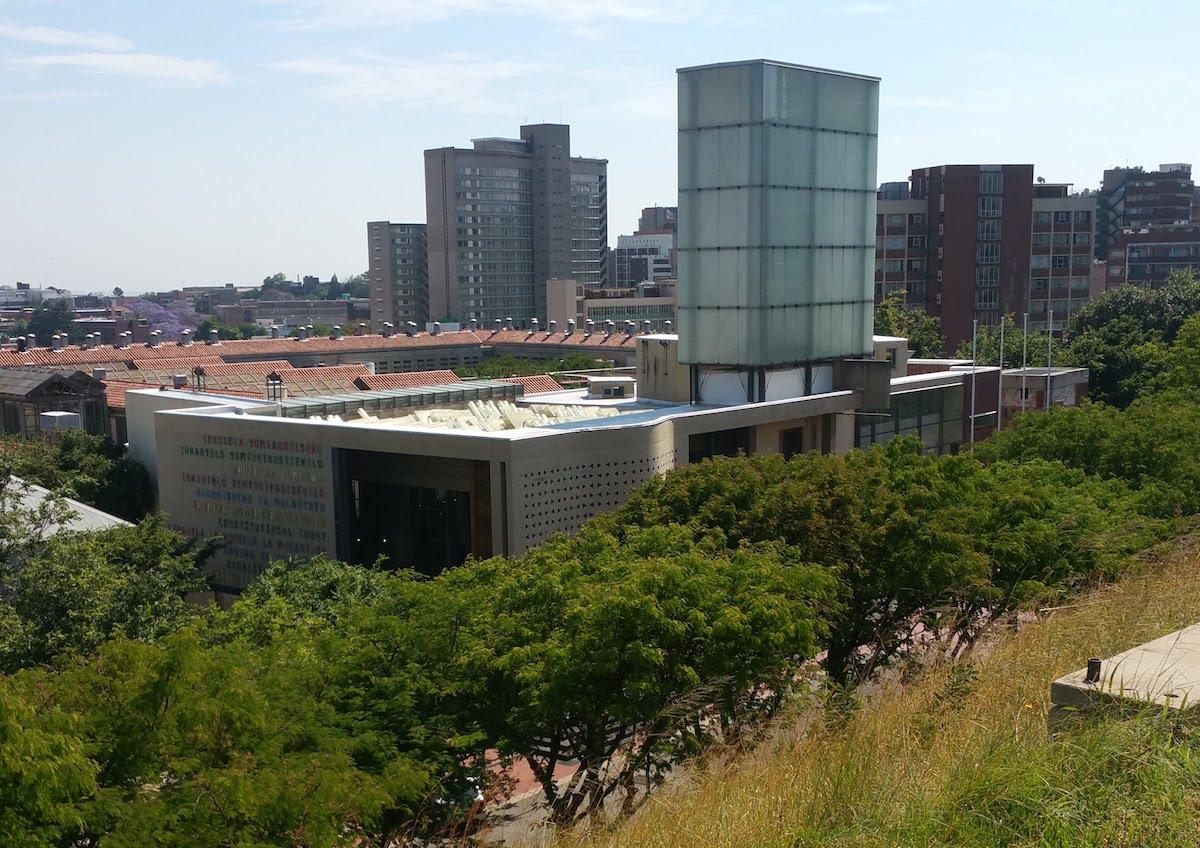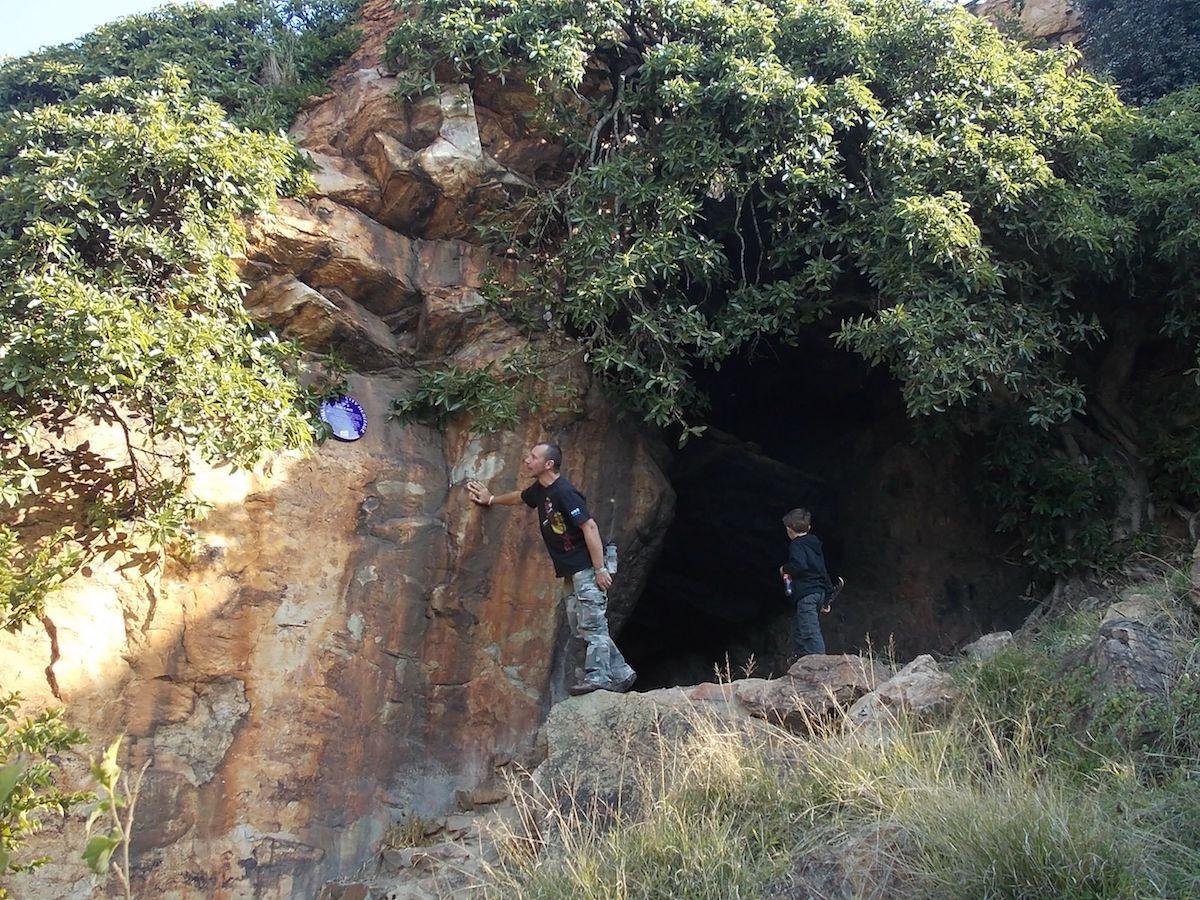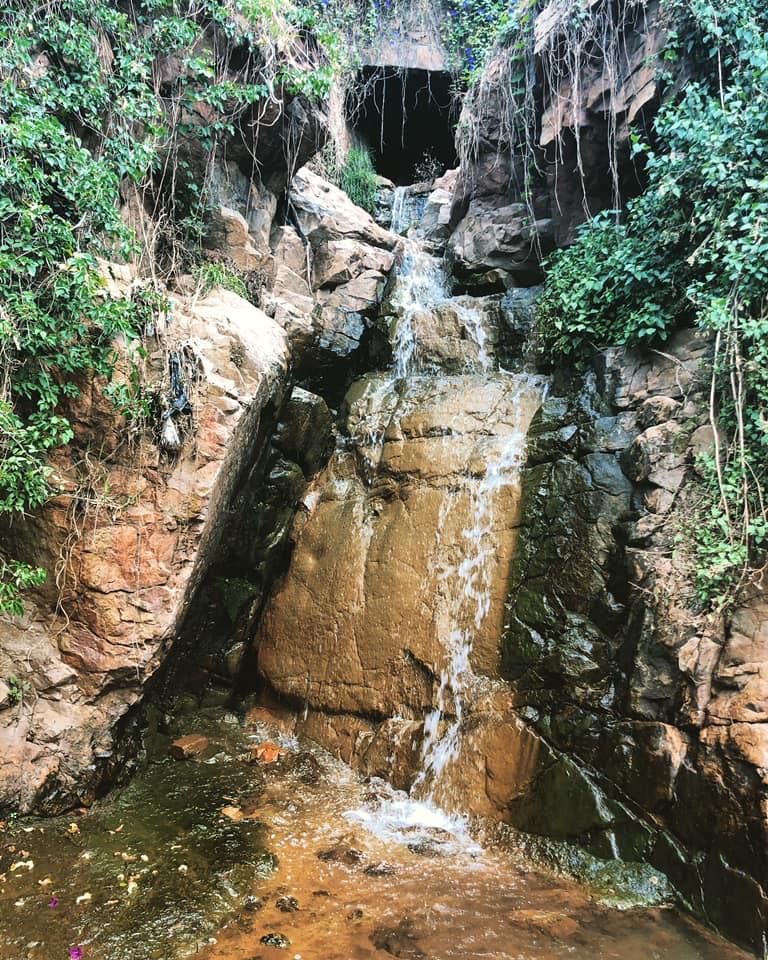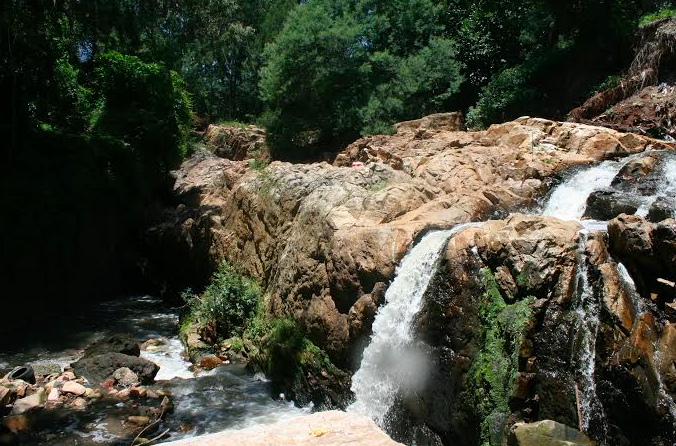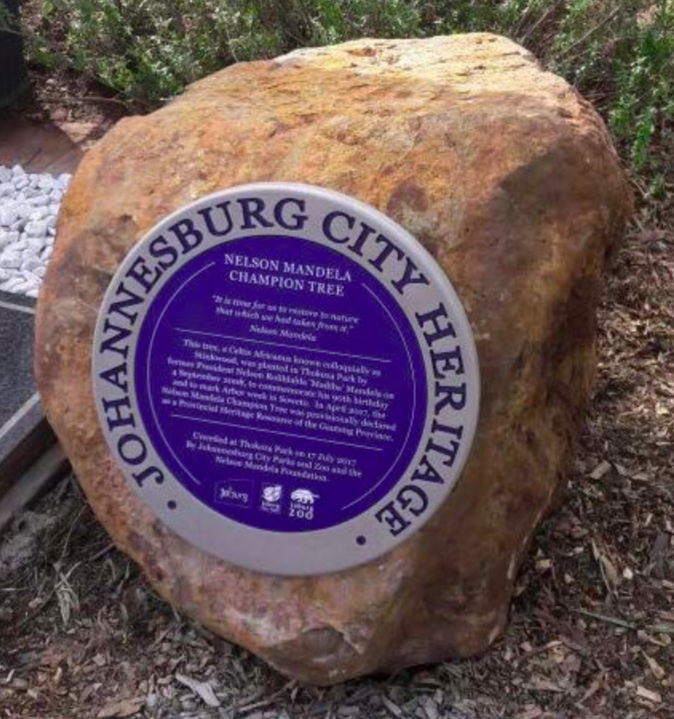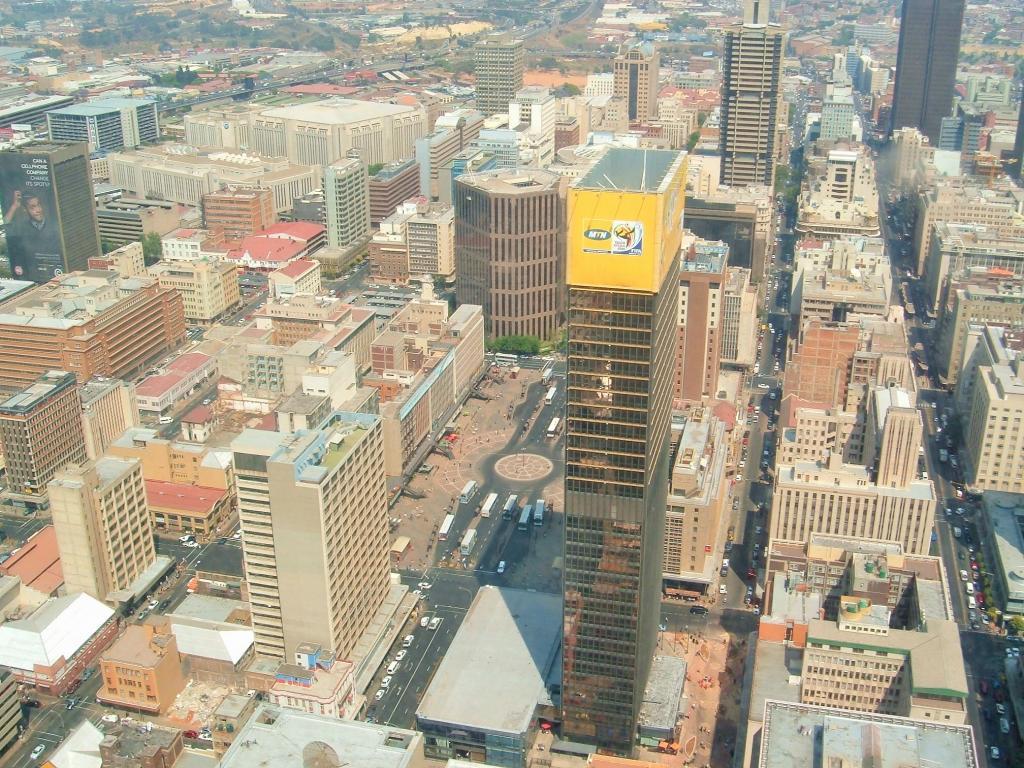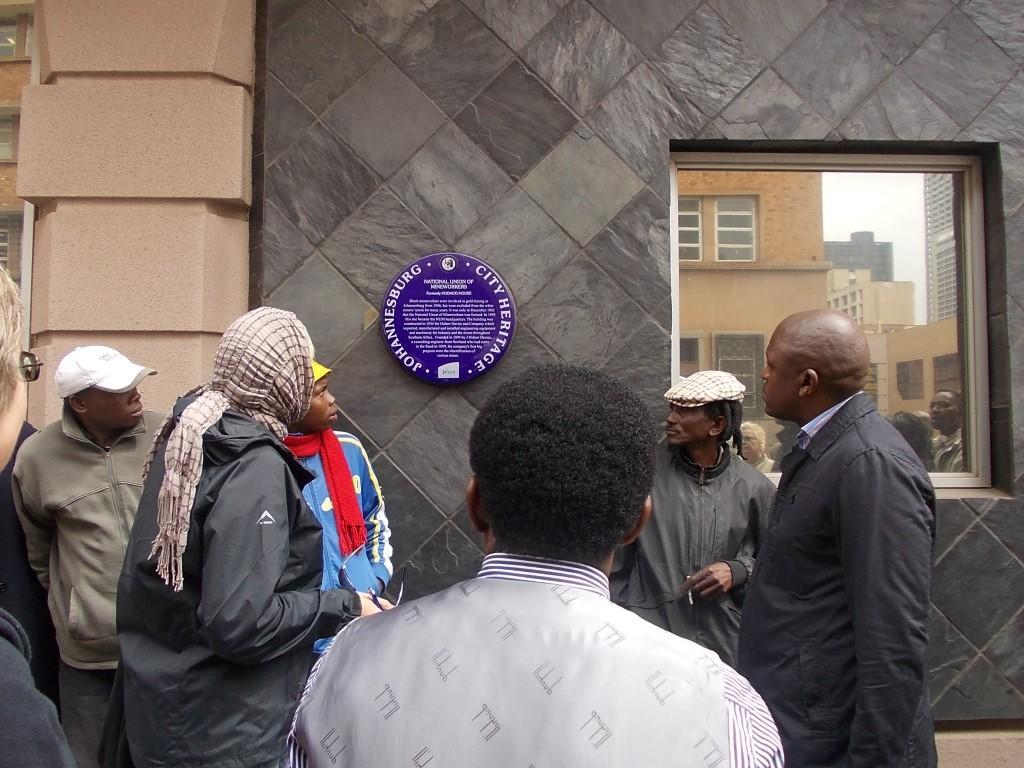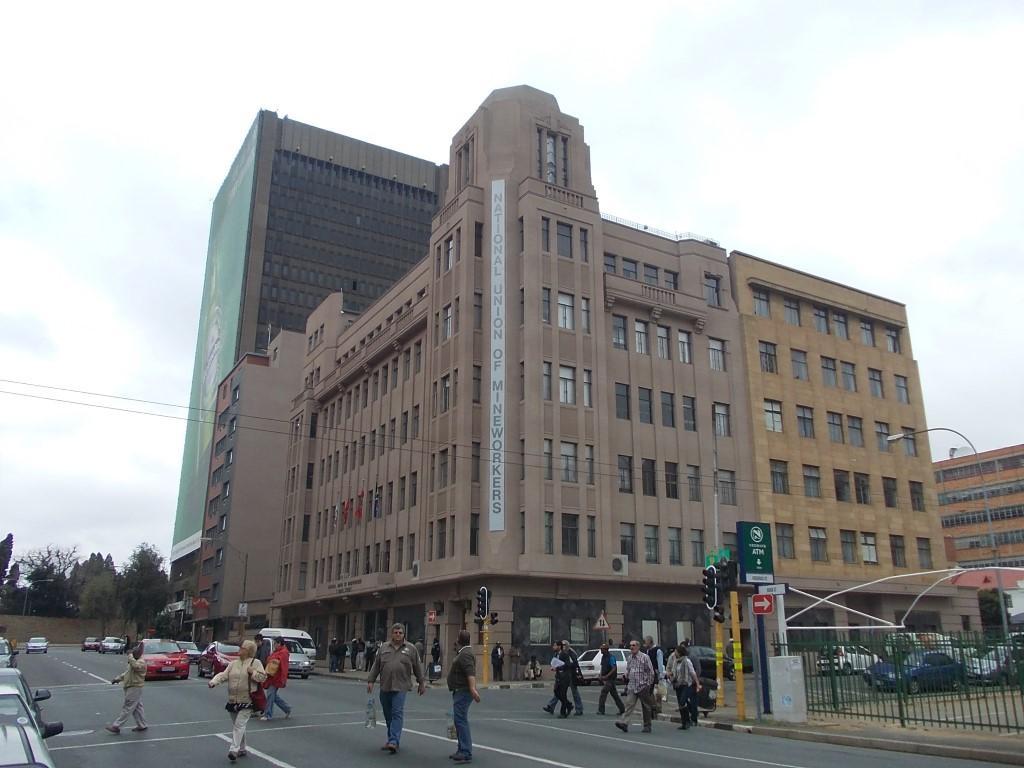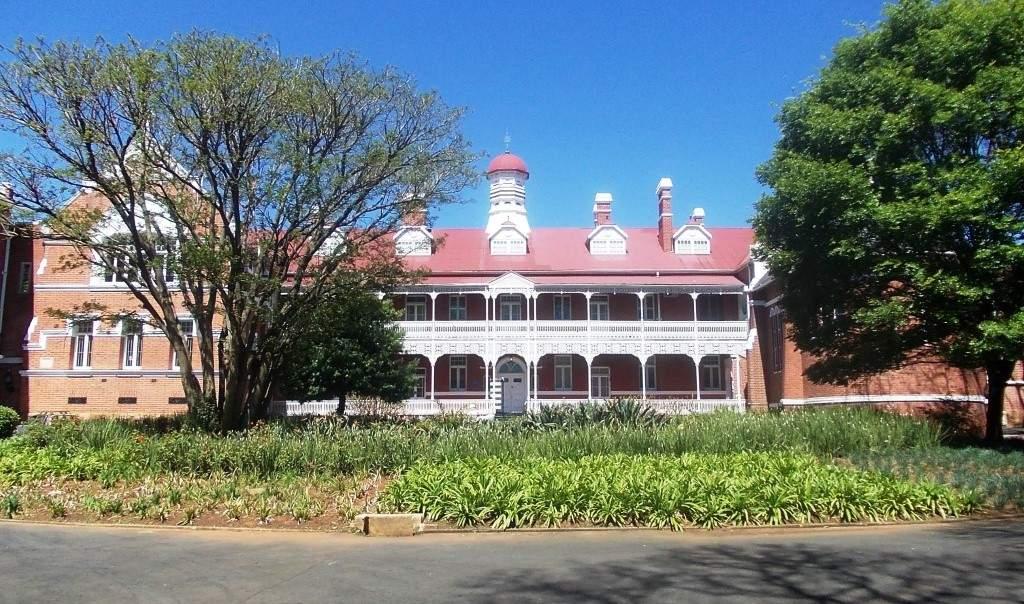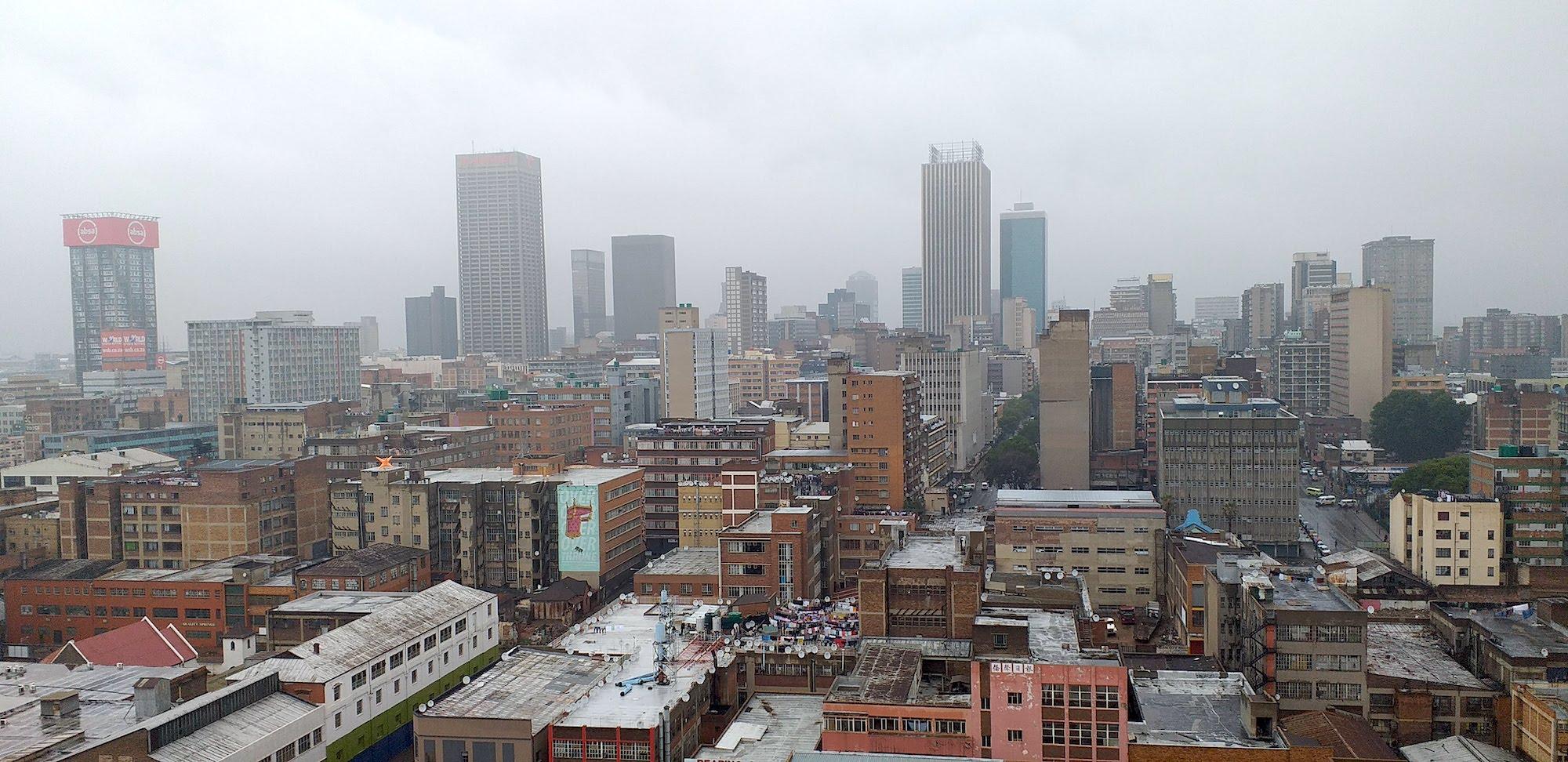
Disclaimer: Any views expressed by individuals and organisations are their own and do not in any way represent the views of The Heritage Portal. If you find any mistakes or historical inaccuracies, please contact the editor.
The response below was prepared by Wynand Dreyer PrEng, on behalf of the Johannesburg Heritage Foundation, to the process initiated in September 2020, by the Transformation and Spatial Planning Unit of the City of Johannesburg, towards the review and update of the Spatial Development Framework 2040 (SDF). The commentary deals with best practice and the requirements that legislation imposes on authorities, including the responsibility of the City to compile an inventory of its heritage resources, talks to practical steps required to give effect to the SDF and how a volunteer body like the JHF, could contribute to a well-structured high-level plan. Publishing on The Heritage Portal to a wider audience, invites comment from other jurisdictions, on their experiences, successes and failures, in getting the value of heritage recognised by municipal authorities and included in strategic planning frameworks, regulations and by-laws.
The Johannesburg Heritage Foundation (JHF) gladly accepted the invitation to participate in the webinars convened to review the present SDF2040 and really appreciates the willingness of the chair, Dylan Weakley and the City Transformation and Spatial Planning team, to consider the points made regarding the inclusion of heritage planning and environmental protection in the SDF, which will guide the future of our City. In formulating the response below, submitted late in November 2020, the JHF argues that a Spatial Development Plan must address heritage preservation in Johannesburg, comply with the legal frameworks, at all levels, and provide for cooperation with willing Civil Society partners, such as the Johannesburg Heritage Foundation. International best practise, adopted successfully in cities around the world, should guide and inform civil and civic efforts in Johannesburg. The JHF invites collaboration in grading, research, presentation and protection of the heritage of the city.
Introduction
The JHF acknowledges receipt of the Summary of Public Comments: Preliminary Consultations SDF 2021 (the Report), to which this memo is a response.
A number of participants from the JHF and other associations raised questions, during the webinars, and made formal comments subsequently, all of which stand in the record, and are substantially captured in the Report. The purpose of this submission is to respond to the Report and to consolidate the themes of the JHF in a simple and summarised form, for the kind consideration of the City, and in the earnest hope that they will be incorporated in the final draft. The JHF also wishes to place on record, its willingness to open its records and contribute its resources to the endeavour, as set out in point 4. below.
1) International Benchmarks and Local Research
In the compilation of a review of a framework such as the SDP, one is accustomed to seeing the results of research done by the Authority into experiences, both good and bad, in other jurisdictions, lessons learned by other Authorities and an extract of relevant guidelines gleaned from such research, for application in the review. Lack of international references to best practice is a concern. There are case studies from around the world, from Los Angeles, where the American Dream has had an effect similar to that of Colonial and Apartheid Planning, to Nairobi and Lagos, where grinding poverty meets technology and where Shack-Dwellers struggle to overcome the obstacles to a better life, which demonstrate the effects of poor planning and gives direction to solutions that might benefit our City. Closer to home, lessons learned by the City, throughout all its entities, in the application of the current suite of policies, should be critically factored into the reviews.
2) Legislative Framework
The policy review stops short of listing any of the over-arching legislation or regulations. The absence of Heritage from the considerations of the SDF is a serious problem as it ignores the responsibility laid on the Planning Authority in terms of the National Heritage Resources Act (NHRA): Section 30 (5), which states:
At the time of the compilation or revision of a town or regional planning scheme or a spatial development plan or at any other time of its choosing………. a planning authority shall compile an inventory of the heritage resources which fall within its jurisdiction and submit such inventory to the provincial heritage resources authority which shall list in the heritage register those heritage resources which fulfil the assessment criteria under subsection (1)
2.1) National
The wording in the NHRA is peremptory. There is no excuse for failing to do this and the legislation is clear that this is fundamental to the planning, not a decorative afterthought. The JHF does not expect that the SDF should have attached the complete inventory, but Heritage legislation requires that all levels of planning arising from the SDF, such as the Nodal Review, take cognisance of the heritage factors, which will affect planning at that level.
2.2) Provincial
It is clear from the inertia of the Provincial Heritage Resources Authority – Gauteng (PHRA-G) that, although Heritage is a provincial competency, the Gauteng Province is totally incompetent in this field. In order that the City of Johannesburg retains, nurtures and exploits its heritage it must rely on its own resources. We would like to see the City reclaim old buildings that the Province of Gauteng took over and then abandoned. Policy, at a strategic level, is needed to arrest the slippage of responsibility when properties are taken over by the province in the city.
2.3) The City
Heritage protection deserves a city policy for the proper understanding and integration of heritage into its planning regimes. A SDF provides a framework for implementation. In order to plan well, we need to define, assess, value, grade and know which heritage resources need to be considered. The National Heritage Resources Act needs to be given substance at municipal government level. The City has to concentrate attention on heritage, under a wide definition of the term. From the JHF side, we believe that the meaning of heritage in the City of Johannesburg has to be debated and better understood. The SDF should specifically include the requirement of compiling an inventory of heritage resources. Please see our comments to specific issues, in section 3 and the offer of assistance, in section 4 below.
3) SDF Specifics for Consideration
On behalf of heritage interest in Johannesburg, the JHF respectfully requests the Spatial Development and Transformation Planning Unit to incorporate Heritage Guidelines in its work. Certainly, if the following points are noted, planning will be much easier because it will take into account certain fixtures which need to be accommodated. In order to comply with Heritage Resources legislation, the SDF should direct future planning schemes by adding a Heritage layer to maps to give recognition to any culturally or historically significant land forms, uses and histories.
The maps need to included additional information
3.1) Topography - Ridges
Starting with topography which has been ignored in the mapping to date. The Ridges of Johannesburg are protected in terms of JMOSS but should also be protected in terms of the heritage they represent.
Ridges are the City’s most significant natural feature and have dictated much of its development ever since Paul Kruger chose Hospital Hill for the State’s buildings to dominate the mining town. The ZAR barracks, the Gaol and then the Fort, all of which now comprise Constitution Hill, the most significant built heritage site in the City of Johannesburg. Melville Kopjes, Aasvogelskop and the Suikerbosrand all have iron age sites and evidence of human settlements dating back to 400 years ago. The Observatory Ridge, chosen for its height, water towers on ridges creating memorials and landmarks and, the Jabulani Theatre, a more recent, but equally striking landmark. The unique geographical presence of the ridges of the Witwatersrand deserves recognition at the highest level of planning.
The Ridges and Rocky Outcrops must be marked on the maps.
The Old Fort (The Heritage Portal)
The Constitutional Court (The Heritage Portal)
Melville Koppies Cave (The Heritage Portal)
3.2) The Streams and Wetlands
These are protected in terms of Environmental legislation but they also have heritage value in themselves. The original wetlands are not taken into account, the Orange Grove Water Fall, the Melville Waterfall, Klip River battle field, the sources of streams from Braamfontein to the Jukskei, the sites that were formerly market gardens, old farm dams such as Emmarentia, Westdene and Darrenwood, mining dams such as Wemmer Pan and the Orlando Power Station. No protection is given to the rivers and wetlands in open spaces of the city – in parks, golf courses and along water courses. The vital role of the water resources, in the early days, and the present-day value, as green environment, should be documented and protected with strict policies on wetland management.
The Rivers and Wetlands must be marked on the maps.
The Orange Grove Waterfall (Brett McDougall)
Melpark Waterfall (William Gaul)
3.3) The Urban Forest
The man-made urban forest of trees and green lungs of the city, on sidewalks, public spaces, parks and private gardens is one of the most precious of our heritage resources. A lack of historical perspective on the environment, climate change and Millennium Goals should be addressed. The SDF needs to provide clear guidelines to limit the effect of changes in the urban form, on the green heritage. Trees cannot be allowed to be the casualty of densification. Policy should require the accurate depiction of large trees and open spaces on SDPs for protection or replanting requirements, before approval.
The City’s Green Belts, Significant Trees and Open Spaces must be marked on the maps.
Blue Plaque celebrating the Nelson Mandela Champion Tree (City of Johannesburg)
3.4) Transport Corridors
The SDF is very much concerned with transportation routes, Transit Orientated Development and Intermodal Facilities but omits the one that carries most of the traffic. The Railway Heritage determined the shape of development in Johannesburg. Early railway lines and stations explain certain nodes such as Denver, Cleveland and Langlaagte. These areas still retain significant heritage elements such as the early water reservoir in Paarlshoop.
Our current reality needs to address the negative heritage, resulting from our legacy of separation. The pressures to factor in the integration of transport modes, especially the mini-bus taxi, needs planning at SDF level. Maps fail to show public transport routes. City planning cannot overlook any form of transport nor can it ignore the constraints imposed by the topography, the passes through the ridges being one example.
The Transport Corridors must be marked on the maps.
3.5) The Built Environment - Urban Design, Precincts, Nodes and Streetscapes
No Urban Design Frameworks are proposed. The JHF believes that Urban Design Frameworks are needed, even in a high-level policy like the SDF. Within each area of the City, guidelines should be included that recognise the characteristics of the region or precinct. Stretching the definition of the heritage beyond the built, as we have done above, to topographic and geographic features and acknowledging the context of heritage streetscapes, the JHF contends that policy should direct the type of development appropriate to each precinct.
For example, dealing with the inner city, it is clear that a large number of buildings, squares and parks would need to be identified and protected, arising from their heritage significance. It is not so clear in the Townships and Suburbs where heritage has different expressions. Differences in the Mining Belt are even more stark - where the previously positive economic impetus of gold mining, has turned into a story of toxic separation. Densification should be sensitive to existing neighbourhoods and not at the expense of heritage.
Gandhi Square from above (The Heritage Portal)
Certainly, to the present time, the City has protected and promoted interest in its Struggle-History though special signage, public artworks, blue plaques, promotion of special areas such as Sophiatown, Vilakazi Street, without any help from the province. While the Johannesburg Development Agency (JDA) has usually been supportive of heritage issues, the main incentive has come from the Deputy Director Immovable Heritage within the Department of Community Development, rather than from the Department of Planning Development where the responsibility belongs.
The SDF should specifically include the requirement of compiling an inventory of Heritage Resources and direct future planning schemes to take cognisance of any culturally or historically significant land uses and comply with heritage resources legislation. The JHF believes that the meaning of heritage in the City of Johannesburg has to be debated and better understood.
The Heritage Resources must be marked on the maps.
A blue plaque has been installed on the the National Union of Mineworkers building (The Heritage Portal)
4) Offer of Support by the JHF
The JHF would like to invite City Transformation and Spatial Planning to visit the Resource Centre of the JHF where careful records of the history of specific buildings, maps and plans, records of architects, and a small Johannesburg library, are maintained. The Resource Centre probably has the best database but JHF recognises that a cooperative effort with the Department of Community Development – Erik Itzkin’s office, might be a solution that would consolidate records and attract funding for the effort necessary to create a register of heritage resources and contribute to the development of the knowledge base.
The JHF Resource Centre has:
- Capacity to document heritage assets
- Digitize records.
- Is largely staffed by a volunteer team
- The Resource Centre is at the core of what the JHF does.
JHF would also like to share with you the work of its three Joint Plans Committees and its Blue Plaque Committee. Both have taken the initiative to work closely with a number of residents’ associations.
The JHF resource centre is based at Holy Family College in Parktown (The Heritage Portal)
Conclusion
During each webinar we were advised that the presentation and discussions were recorded and these have been made accessible. It is what City Planning takes out of the process that is important, the JHF therefore appreciates the Report that emanated from the deliberations. We hope that an action list will emerge but the presentation on the SDF Review, made at the City’s Development Forum on 24th June made no mention of heritage.
The route to implementation is far from clear. While City Transformation has acknowledged the fragmented relationship between the three spheres of Government, no indication is given in the SDF Review Process, of how Provincial and National Planning will be brought into line with that of the City, where the reality of planning meets the real people. The intended densification provides no indication of Provincial infrastructure like schools, clinics, etc. nor for Municipal works by JRA, City Power and Jo’burg Water to upgrade roads, electrical installations or water services. There is always the concern about the Council’s ability to fund, implement and manage the necessary coordination.
We would hope that before adoption of a new policy,
- A Consequence Management regime will be built into the Implementation Plan.
- The Impact and Implications of the policy will be assessed in a thorough Policy Impact Assessment.
It would also be a recommendation if,
- A Change-Management process was contained in the policy and
- A comprehensive Implementation Plan was incorporated.
- City Transformation may count on the support of the JHF in both of these important processes.
We hope that we shall rise to the challenge of thinking about these issues, applying our range of skills and knowledge and responding with appropriate inputs. If the SDF review leads to recognition of the importance of a broadly defined heritage, and its incorporation in policy frameworks, it will accomplish much. If it turns the City into partners with the JHF, that will be an added benefit. The JHF looks forward to further engagement.
Comments will load below. If for any reason none appear click here for some troubleshooting tips. If you would like to post a comment and need instructions click here.

